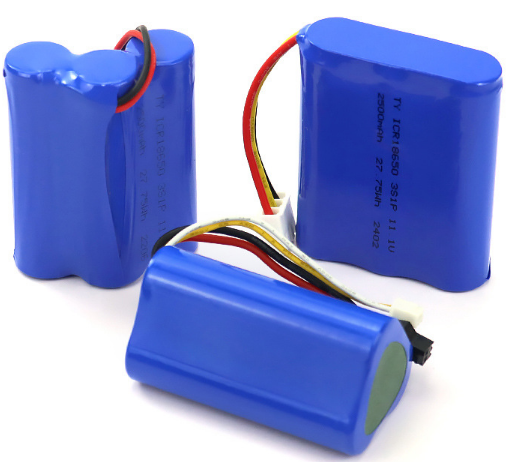How To Calculate The Power Of Battery?
How To Calculate The Power Of Battery?
20Ah is the capacity of the battery, not the power. When the current is certain, the larger the capacity, the longer the power can be used.
20Ah means that when the battery output current is 20Ah, it can be used for 1 hour, and it can also be understood that when the battery output current is 2Ah, it can be used for 10 hours. That is, the product of current and time is 20.
When the device requires 20Ah high-power battery to drive, it means that the device's working current is large, and the small-capacity battery may not be able to withstand this large current.
This is the capacity of the battery, not the power, that is, can make a certain power of electrical appliances work time, the length of the working time depends on the size of the power of the electrical appliances.
In addition to 100Ah, the battery also need to know the size of the voltage. This battery can work for 1 hour at 100Ah current, the specific power depends on the voltage of the battery. For example, a 12V battery can operate a 1200 watt appliance for one hour at 100 amps of operating current, or 10 hours if 10 amps are used. It depends on how much current is used to determine the working time.
Batteries don't talk about power, they talk about “milliampere-hours”, that is, how many milliampere-hours can be discharged, which is its electrical capacity. An ordinary #5 dry cell battery has a voltage of 1.5v and an internal resistance of about 1 ohm, and the voltage decreases when discharged. If the discharge current reaches 500 mA, there will be a voltage drop of 0.5v, and its output voltage will be only 1v. The higher the discharge current, the smaller its total discharge and the shorter its life. Continuous discharge life is even shorter.
Explain it in terms of units
The unit of power, the watt (W), is given by P = UI, 1W = 1V.A (one watt equals one volt . A)
Battery capacity mA.h (milliamp. h)
Obviously these two are different.
Find further relationships:
Electrical energy electrical work in joules (J)
By W=Pt
You can see that: 1J = 1W.s = 1V.A.s (one joule equals one volt-ampere-second)
If the voltage of the battery is known, with the voltage multiplied by the battery capacity you see what you get: unit V.mA.h
Actually, the units are essentially the same as the units of electrical energy, converted:
1V.mA.h=1V*10^-3A*3600s=3.6V.A.s=3.6J

 English
English
Custom 24V Lithium Battery Pricing
The price variation for custom 24V lithium batteries fundamentally stems from “base cost + functional cost + customization cost + compliance cost.”
Read MoreCustomized 48V Lithium Batteries: High Demand in Three Key Industries
Large medical carts, portable testing instruments, and other equipment require a 48V battery to provide stable power, while also complying with the ISO 13485 medical standard to avoid electromagnetic interference affecting device accuracy.
Read MoreIEC 62619 Safety Testing Standard for Energy Storage Batteries
In addition to covering traditional tests included in existing lithium battery standards, such as electrical tests, thermal tests, and mechanical tests, the new standard introduces dedicated sections to assess the Battery Management System (software evaluation).
Read More